The Art of Minimalist Packing for Emergency Preparedness
When it comes to emergency preparedness, the last thing you want is to be bogged down by unnecessary items. The art of minimalist packing is all about selecting the essentials, ensuring that you can act quickly and efficiently when the situation demands it. Imagine being in a chaotic scenario, needing to evacuate your home in a matter of minutes. Would you rather be fumbling through a cluttered bag, or would you prefer to have everything you need neatly organized and easily accessible? Minimalist packing is not just a trendy lifestyle choice; it’s a practical approach that can make a significant difference in emergency situations.
Minimalism, at its core, is about stripping away the excess and focusing on what truly matters. This philosophy is particularly relevant in emergencies where every second counts. By embracing the principles of minimalism, you can prepare yourself for various crises while keeping your load light and manageable. Think of your emergency kit as your lifeline; it should contain only the items that are absolutely necessary for survival and comfort. This way, you can move quickly, whether you're evacuating your home or traveling to a safer location.
So, what does it mean to pack minimally for emergencies? It means carefully considering each item you include in your kit. Instead of tossing in random supplies, take a moment to evaluate their importance and practicality. For instance, rather than packing a large first aid kit with every conceivable item, focus on the essentials: band-aids, antiseptic wipes, and any medications you might need. The goal is to create a compact yet comprehensive emergency kit that addresses your basic needs without overwhelming you with excess.
One of the most important aspects of minimalist packing is the ability to adapt to various scenarios. Emergencies can take many forms, from natural disasters to personal crises. By ensuring that your packing strategy is flexible, you can be better prepared for whatever life throws your way. This adaptability not only applies to the items you pack but also to the way you organize them. A well-organized kit allows for quick access to your supplies, which is crucial in high-stress situations.
In the following sections, we’ll dive deeper into the essentials of minimalist packing, from food and water supplies to first aid gear. We’ll also discuss strategies for organizing your kit and maintaining it over time. By the end of this article, you’ll be equipped with the knowledge to create an effective emergency kit that embodies the essence of minimalism—less clutter, more preparedness.
- What should I include in my emergency kit? Focus on essentials like food, water, first aid supplies, and important documents.
- How often should I check my emergency kit? It's recommended to conduct inventory checks every six months.
- Can I use multi-functional tools in my emergency kit? Absolutely! Multi-tools can save space and provide several functions in one item.
- What types of non-perishable food should I include? Choose lightweight, compact options like energy bars, dried fruits, and canned goods.
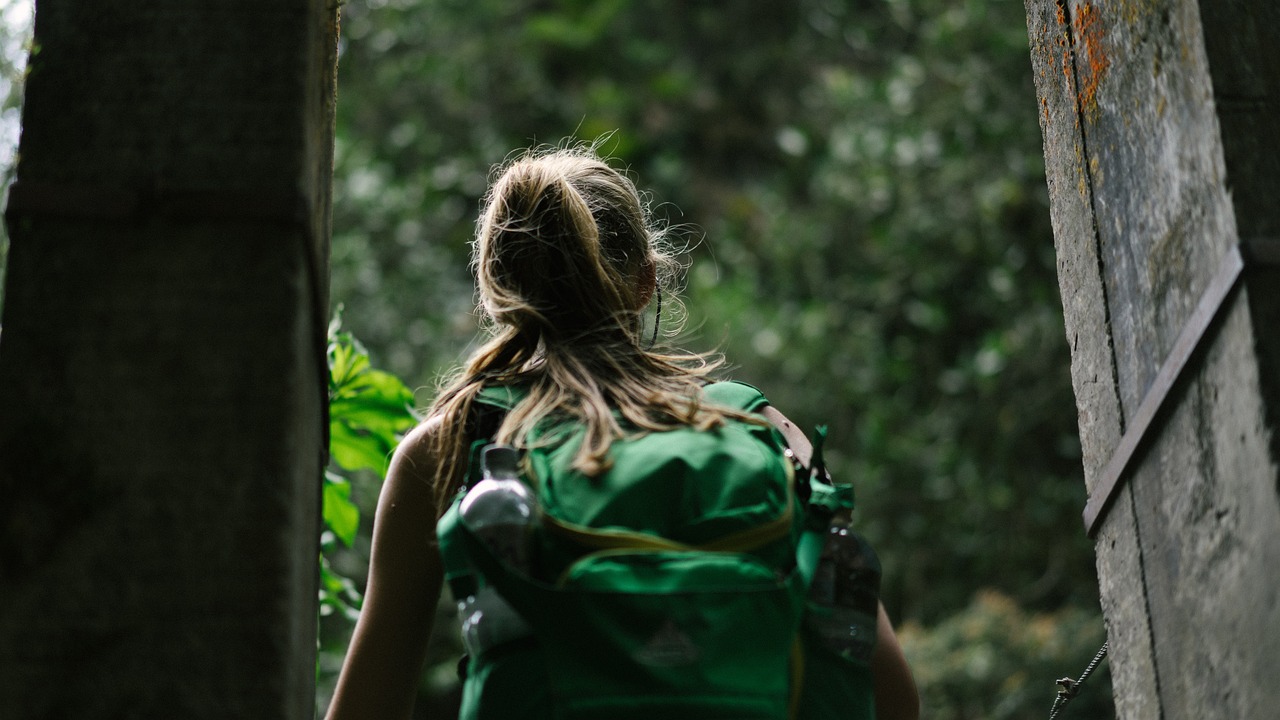
Understanding Minimalism
Minimalism is not just a trendy lifestyle choice; it's a profound philosophy that encourages individuals to simplify their lives by focusing on what truly matters. In a world overflowing with distractions and excess, embracing minimalism can be a breath of fresh air. When it comes to emergency preparedness, this philosophy becomes even more relevant. The idea is to strip away the non-essentials and hone in on the items that will genuinely make a difference in a crisis.
Think about it: in an emergency, every second counts. You need to be able to grab your essentials and go without hesitation. This is where the art of minimalist packing shines. By adopting a minimalist approach, you can ensure that your emergency kit is not only lightweight but also highly efficient. Imagine packing a bag that contains everything you need, yet feels like a feather on your back. That’s the magic of minimalism!
At its core, minimalism is about making conscious choices. It’s about recognizing that quality often trumps quantity. Instead of stuffing your emergency kit with every possible item you can think of, focus on versatile and multi-functional tools. For example, a simple multi-tool can serve as a knife, screwdriver, and bottle opener all in one, saving you space and weight.
When preparing for emergencies, consider these key principles of minimalism:
- Intentionality: Choose items that serve a specific purpose.
- Functionality: Opt for tools and supplies that can be used in multiple ways.
- Quality over quantity: Invest in durable, reliable products that will stand the test of time.
Ultimately, understanding minimalism helps you to cut through the noise and focus on what’s essential for your safety and survival. By adopting this mindset, you’ll not only prepare better for emergencies but also cultivate a sense of calm and control in your life. So, as you embark on your journey of minimalist packing, remember: it’s not about what you leave behind, but about ensuring that what you take with you is truly valuable.
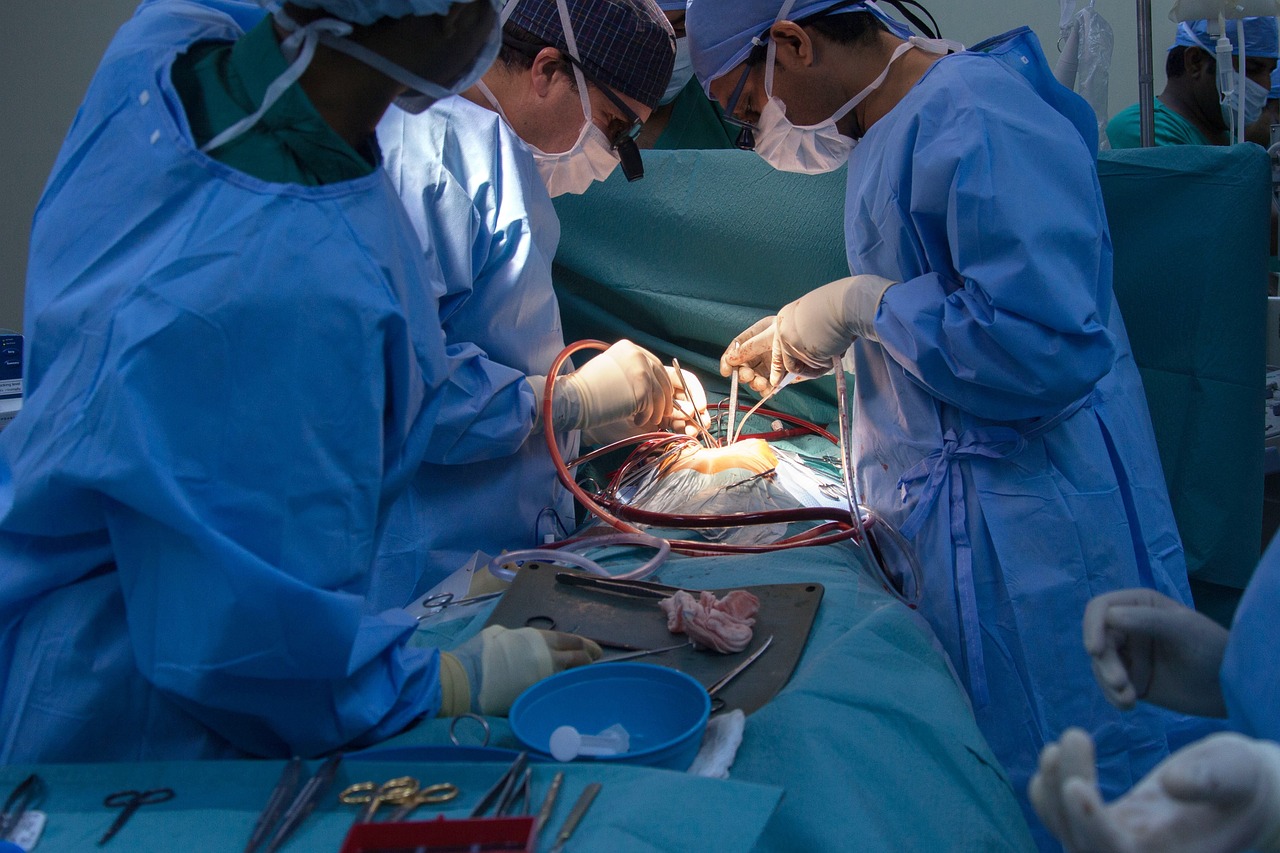
Essential Items for Emergency Kits
When it comes to emergency preparedness, knowing what to pack is crucial. You don't want to be caught off guard, scrambling through your belongings when every second counts. The essence of minimalist packing lies in selecting only the essentials that will keep you safe and secure during a crisis. Imagine you’re packing for a spontaneous trip; you wouldn’t take your entire wardrobe, right? Instead, you’d choose versatile and necessary items that cater to your immediate needs. This philosophy applies perfectly to your emergency kit.
To ensure you're ready for various scenarios without overpacking, consider including the following must-have items in your emergency kit:
- Water: Aim for at least one gallon per person per day, and don’t forget to include purification tablets or filters.
- Non-Perishable Food: Think energy-dense foods that provide necessary nutrition without taking up too much space.
- First Aid Supplies: A well-stocked first aid kit can be a lifesaver; include bandages, antiseptics, and any personal medications.
- Flashlight and Batteries: Power outages can occur during emergencies, so having a reliable light source is essential.
- Multi-Tool: A multi-functional tool can serve several purposes, reducing the number of items you need to pack.
Each of these items plays a significant role in your emergency preparedness. For example, water is non-negotiable; without it, survival becomes increasingly difficult. Non-perishable food options, such as energy bars or dried fruits, are lightweight and provide the necessary calories to keep you going. First aid supplies are crucial for addressing injuries, and a flashlight can illuminate your path when the power goes out.
To further enhance your understanding, let’s break down the essentials into a simple table:
| Item | Purpose | Recommended Quantity |
|---|---|---|
| Water | Hydration | 1 gallon per person per day |
| Non-Perishable Food | Nutrition | 3-day supply per person |
| First Aid Kit | Health and Safety | 1 complete kit |
| Flashlight | Visibility | 1 per kit |
| Multi-Tool | Versatility | 1 per kit |
By carefully selecting these essential items, you can create a well-rounded emergency kit that prepares you for the unexpected without the burden of excess weight. Remember, the goal is to be prepared and efficient, allowing for quick evacuation or travel if the situation demands it. So, as you pack, think about the scenarios you might face and tailor your kit accordingly.
Q: How often should I check my emergency kit?
A: It's recommended to check your emergency kit at least every six months to ensure all items are in good condition and up to date.
Q: Can I pack my emergency kit in a backpack?
A: Absolutely! A sturdy backpack is an excellent choice for an emergency kit as it allows for easy transport and organization.
Q: What should I do if I have dietary restrictions?
A: Choose non-perishable foods that cater to your dietary needs, such as gluten-free or vegan options, to ensure you have adequate nutrition during an emergency.
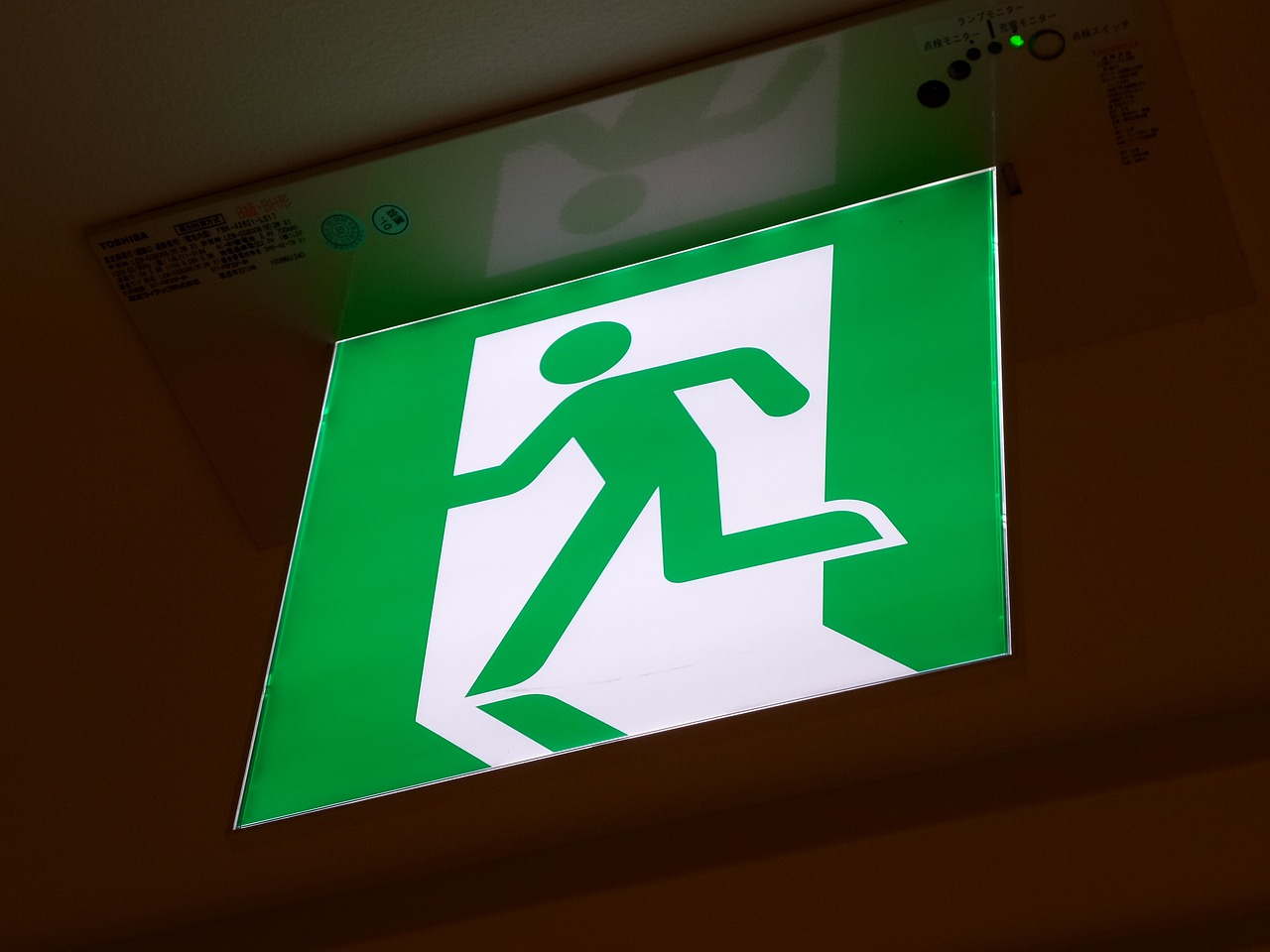
Food and Water Supplies
When it comes to emergency preparedness, are the cornerstones of survival. Imagine being in a situation where you're cut off from your usual sources of sustenance; having a well-thought-out supply can make all the difference. In an emergency, your body needs fuel and hydration to function effectively, so packing the right items is essential. But what exactly should you include in your emergency kit? Let's dive into the essentials.
First and foremost, non-perishable food items are your best friends. These foods can withstand the test of time, remaining edible for months or even years. Think about items like canned goods, freeze-dried meals, or energy bars. They not only provide the necessary calories but also require minimal preparation, which is crucial in a crisis. It's important to choose foods that are both nutritious and lightweight. For instance, consider packing:
- Granola bars or protein bars
- Dehydrated fruits and vegetables
- Canned beans or meats
- Instant oatmeal or rice
These options are not only compact but also provide a good balance of carbohydrates, proteins, and fats to keep your energy levels up. Now, let’s talk about hydration. Water is, without a doubt, the most critical resource you need during an emergency. The general rule of thumb is to have at least one gallon of water per person per day for at least three days. This means planning for both drinking and sanitation needs.
When it comes to storing water, consider using portable containers that are easy to carry. You can find collapsible water bottles or durable jerry cans designed specifically for emergency situations. Additionally, investing in a water purification system can be a game-changer. Whether it's a filter, purification tablets, or a UV light, having a reliable way to ensure your water is safe to drink is invaluable.
To make the most of your packing space, consider the following water storage solutions:
| Storage Method | Benefits | Considerations |
|---|---|---|
| Collapsible Water Bottles | Lightweight and easy to store | May not hold as much water |
| Jerry Cans | Durable and holds large quantities | Can be bulky to carry |
| Water Purification Tablets | Lightweight and easy to use | Requires time to purify |
By carefully selecting your food and water supplies, you can ensure that you’re well-prepared for any emergency situation. Remember, it’s not just about having enough food and water but also about choosing the right kinds that will sustain you and keep you healthy. So, take the time to plan your emergency food and water supplies, and you’ll feel much more confident when disaster strikes.
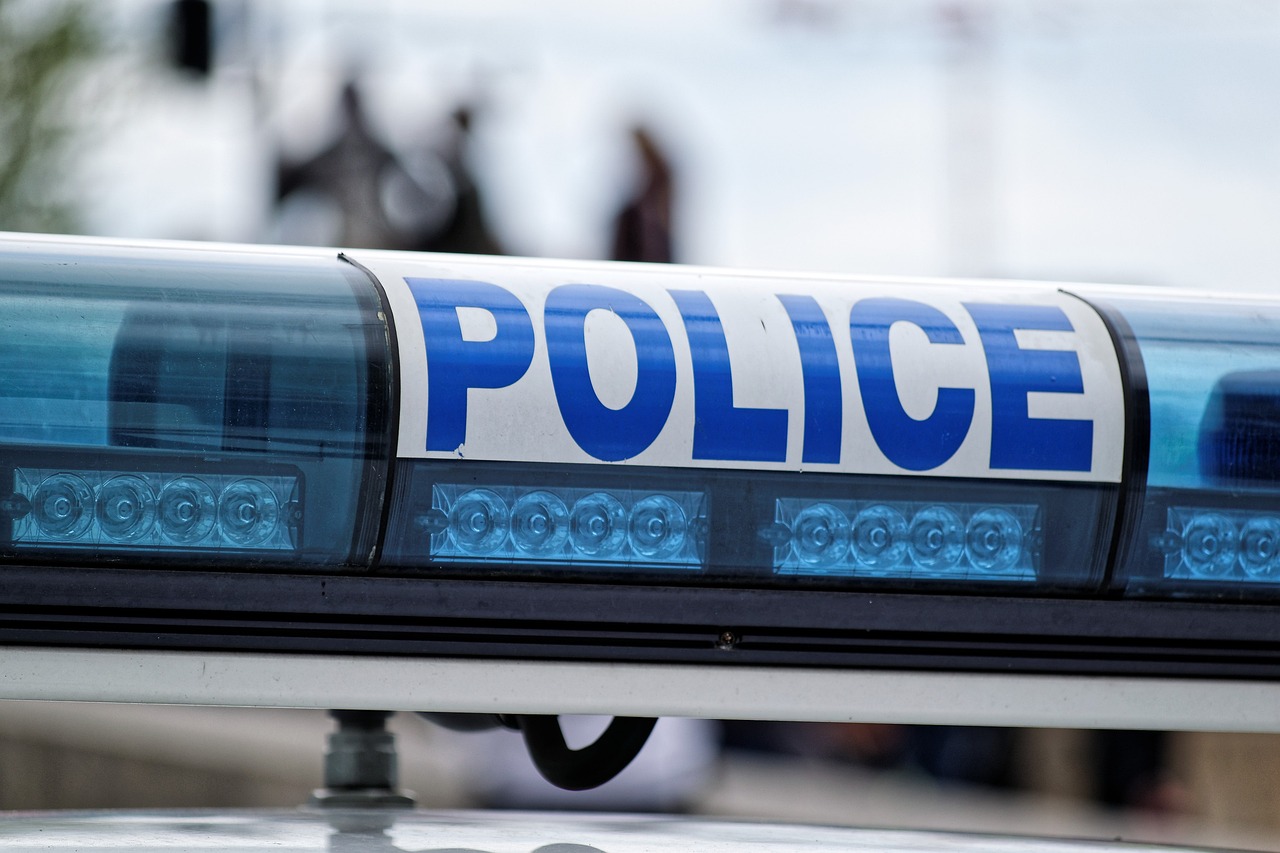
Choosing Non-Perishable Foods
When it comes to preparing your emergency kit, selecting the right non-perishable foods is absolutely essential. You want to ensure that the food you pack not only lasts a long time but also provides the necessary nutrition to keep you energized and healthy during a crisis. Think of it as packing your own little survival pantry—one that needs to be light, compact, and efficient. So, what should you be looking for? Let's dive into some important considerations!
First and foremost, focus on nutritional value. You might be tempted to grab the cheapest options, but remember that in an emergency, your body will need fuel. Look for foods that are rich in protein, fiber, and essential vitamins. Options like canned beans, nuts, and dried fruits are not only nutritious but also easy to store. Additionally, don’t forget to consider foods that provide a good balance of carbohydrates and fats, as they can offer sustained energy during stressful situations.
Another crucial factor is weight and volume. In an emergency, every ounce counts. You want to choose foods that are lightweight and compact, making them easy to carry. For example, vacuum-sealed meals or freeze-dried options can be fantastic choices. They take up less space and have a long shelf life, which means you can pack more without the bulk. It's like choosing between packing a brick versus a feather; the feather wins every time!
Here are some great options to consider for your emergency food supply:
- Canned Goods: Look for low-sodium options and include a can opener in your kit.
- Granola Bars: These are lightweight and provide a quick energy boost.
- Dried Fruits and Nuts: Packed with nutrients and easy to munch on.
- Instant Oatmeal: Just add hot water for a warm, filling meal.
- Rice and Pasta: They have a long shelf life and can be paired with various sauces or canned goods.
Don't overlook the importance of packaging as well. Foods that come in resealable bags or sturdy containers are preferable, as they can be opened and closed multiple times without compromising freshness. Additionally, consider the preparation time required for each food item. In an emergency, you may not have the luxury of cooking a full meal. Foods that require minimal preparation or can be eaten straight from the package are ideal.
Lastly, always check the expiration dates and rotate your supplies regularly. It’s easy to forget about that emergency kit tucked away in the back of the closet, but keeping it fresh is vital for your safety. Make it a habit to review your food supplies every six months or so, ensuring that nothing is close to expiring.
In summary, choosing the right non-perishable foods for your emergency kit is about striking a balance between nutrition, convenience, and practicality. By carefully selecting your food items, you can ensure that you are prepared for any situation without being weighed down by unnecessary bulk. Remember, your emergency kit is your lifeline—it should be curated with care!
Q1: How long do non-perishable foods last?
A1: Generally, non-perishable foods can last anywhere from 1 to 30 years depending on the type of food and storage conditions. Always check the expiration dates and rotate your supplies regularly.
Q2: Can I include homemade meals in my emergency kit?
A2: While homemade meals can be delicious, they typically don’t have the same shelf life as commercially packaged foods. If you do choose to include them, ensure they are vacuum-sealed and stored in a cool, dry place.
Q3: What are some good sources of protein for my kit?
A3: Canned beans, tuna, peanut butter, and protein bars are excellent sources of protein that are also non-perishable and easy to store.
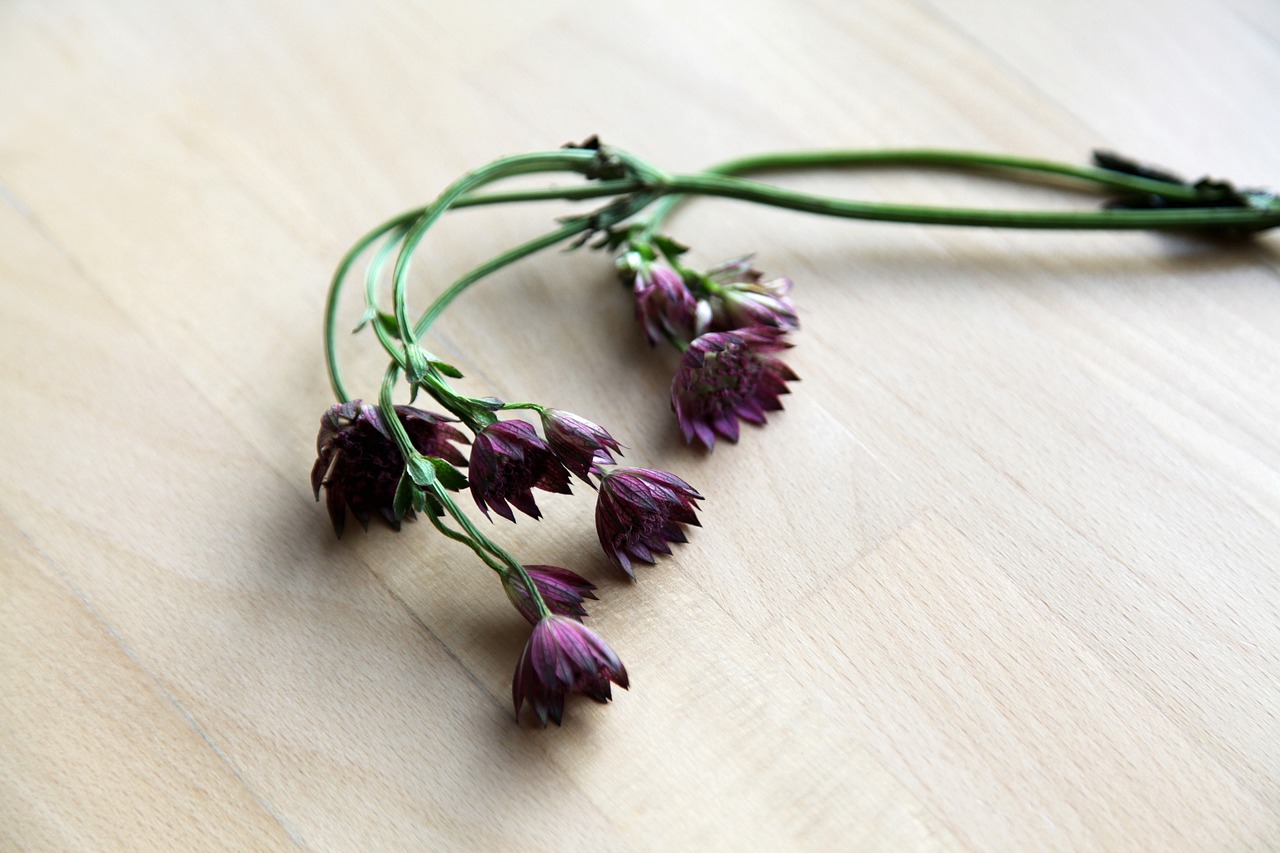
Water Storage Solutions
When it comes to emergency preparedness, water is not just a necessity; it’s a lifeline. In a crisis, having access to clean, safe water can make all the difference between survival and hardship. However, the challenge lies in how to store this precious resource effectively. There are several methods to consider, each with its own advantages and suitability depending on your situation. Let’s dive into some practical solutions that you can implement to ensure you’re well-equipped.
First off, think about the capacity you need. A standard recommendation is to store at least one gallon of water per person per day for at least three days. This means if you’re preparing for a family of four, you should aim for a minimum of 12 gallons. But how do you store this amount without taking up too much space? Here are some effective solutions:
- Water Containers: Invest in high-quality, food-grade water storage containers. These come in various sizes, from small portable jugs to larger barrels. Make sure they are BPA-free and designed for long-term storage.
- Water Bladders: These flexible, collapsible containers can hold a significant amount of water while taking up minimal space when empty. They are perfect for emergency kits and can be easily transported.
- Water Bottles: For day-to-day use, reusable water bottles are great. Opt for stainless steel or glass bottles to avoid leaching chemicals. They are also perfect for on-the-go hydration.
Next, let’s talk about purification. Water storage isn’t just about keeping water; it’s about keeping it safe. Over time, even stored water can become contaminated. Therefore, you should consider the following purification methods:
| Purification Method | Description | Pros | Cons |
|---|---|---|---|
| Boiling | Bringing water to a rolling boil for at least one minute. | Effective against most pathogens; no chemicals needed. | Requires heat source; time-consuming. |
| Water Filters | Using a filtration system to remove contaminants. | Convenient; can improve taste. | Not all filters remove viruses; maintenance required. |
| Chemical Treatments | Using tablets or drops (like iodine or chlorine) to disinfect water. | Lightweight and easy to carry. | May leave an aftertaste; not effective against all pathogens. |
Finally, consider the location of your stored water. It’s essential to keep your water supply in a cool, dark place to prevent algae growth and degradation. Regularly rotating your water supply is also crucial; every six months is a good rule of thumb. By following these guidelines, you can ensure that your water storage solutions are not only efficient but also effective in keeping you and your loved ones safe during emergencies.

First Aid and Safety Gear
When it comes to emergencies, having the right first aid and safety gear can be the difference between a minor setback and a major crisis. Think of your emergency kit as your personal safety net; it should be well-equipped to handle a variety of situations. You wouldn't go into battle without armor, right? Similarly, your first aid supplies are your armor against the unexpected. So, what should you include in your kit? Let's break it down.
First and foremost, a comprehensive first aid kit is essential. This kit should include items such as adhesive bandages, antiseptic wipes, gauze pads, and medical tape. But don’t stop there! Consider adding a few extra items that can make a significant impact in an emergency:
- Antihistamines: These are crucial for allergic reactions.
- Pain Relievers: Over-the-counter medications like ibuprofen or acetaminophen can help manage pain.
- Burn Cream: Useful for treating minor burns.
In addition to first aid supplies, safety gear is equally important. This includes items that protect you from harm and help you navigate through challenging situations. For instance, a flashlight is a must-have, especially during power outages or nighttime emergencies. Pair it with extra batteries to ensure you’re not left in the dark. A whistle can also be invaluable; it serves as a signaling device to attract attention if you’re in distress.
Moreover, consider including a multi-tool in your emergency kit. These handy gadgets can serve multiple purposes, from opening cans to making minor repairs. Think of it as your Swiss Army knife for survival! Additionally, a compact emergency blanket can provide warmth and protection against the elements, making it a lightweight yet powerful addition to your gear.
Lastly, don’t overlook the importance of personal medications. If you or a family member takes prescription medications, ensure you have a sufficient supply in your emergency kit. A well-rounded first aid and safety gear collection not only prepares you for the unknown but also gives you peace of mind. Remember, the goal is to be ready for anything life throws your way.
Q: How often should I check my emergency kit?
A: It's recommended to check your emergency kit at least twice a year. This ensures that all items are in good condition and that medications and perishable items are not expired.
Q: What should I do if I use an item from my first aid kit?
A: Replace any used items immediately after an emergency to ensure your kit is always ready for the next situation.
Q: Can I customize my first aid kit?
A: Absolutely! Tailor your kit to meet the specific needs of your family, including any unique medical conditions or allergies.
Q: Where should I store my emergency kit?
A: Store your emergency kit in a cool, dry place that is easily accessible to all family members. Consider keeping it in a designated location like a closet or a garage.
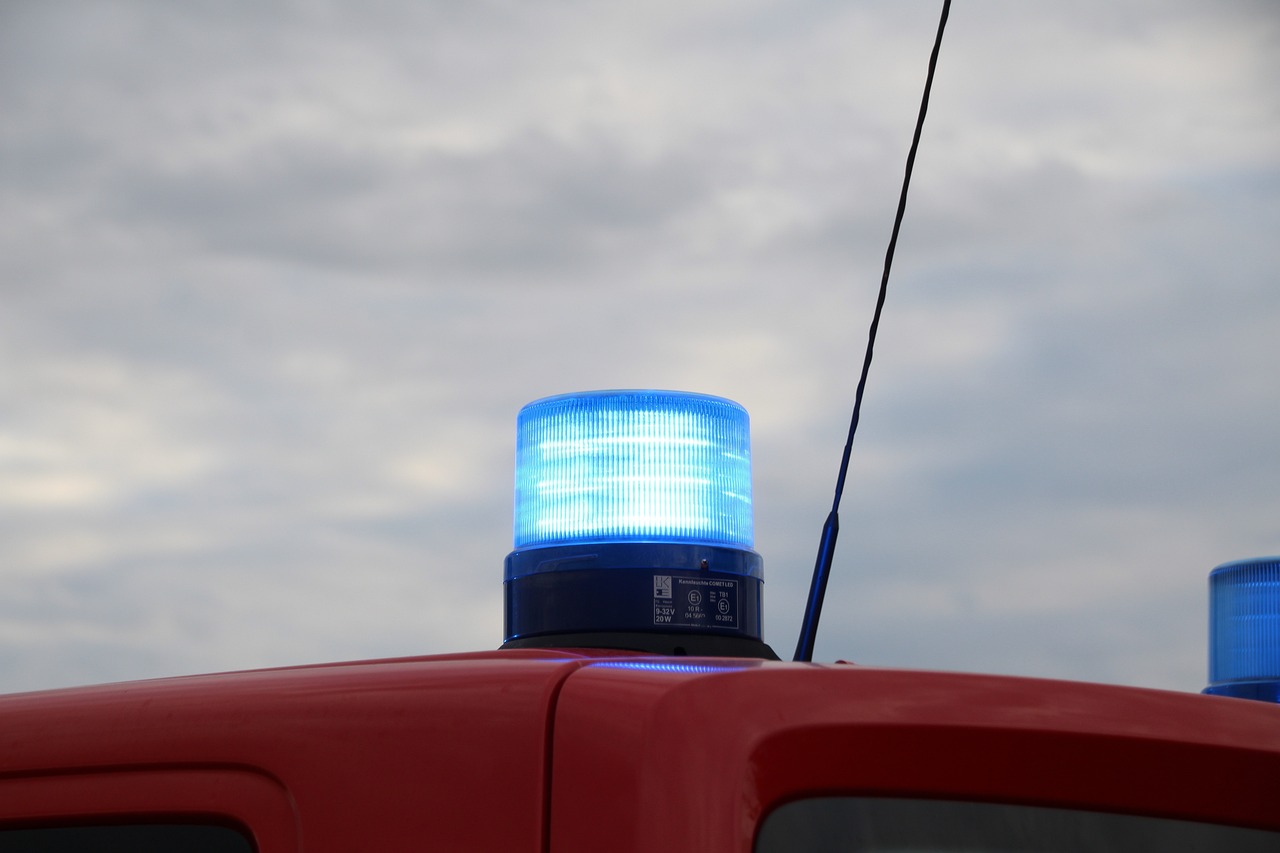
Organizing Your Packing Strategy
When it comes to emergency preparedness, effective organization is your best friend. Think of your emergency kit as a toolbox; if everything is scattered and disorganized, you’ll waste precious time looking for what you need when disaster strikes. The key to successful minimalist packing lies in strategically arranging your items so that you can access them quickly and efficiently. Imagine being in a high-pressure situation where every second counts—having a well-organized kit can be the difference between staying calm and feeling overwhelmed.
Start by categorizing your items based on their function. For instance, you can create sections for food, water, first aid supplies, and tools. By grouping similar items together, you’ll not only save time during an emergency but also make it easier to remember what you have packed. Consider using clear plastic bags or small containers for each category. This way, you can quickly grab the entire section you need without rummaging through the entire kit. It’s like having a mini grocery store in your backpack—everything is in its place, and you know exactly where to find it.
Another vital aspect of organizing your packing strategy is prioritizing accessibility. Place the most critical items at the top or in easily reachable pockets. Think about what you would need first in an emergency. For example, your first aid kit and water should be among the first things you can grab. This approach not only speeds up your response time but also reduces the stress of searching for essential items during a crisis.
Additionally, consider the weight distribution in your pack. Heavier items should be placed closer to your back to maintain balance, while lighter items can go towards the front or sides. This way, you won’t feel like you’re lugging around a boulder, and it will be easier to carry your kit for extended periods. Picture yourself hiking with a fully loaded backpack; if the weight is uneven, you’ll quickly become fatigued. The same principle applies to your emergency kit.
Lastly, don’t forget to take advantage of multi-functional tools. These gadgets can save space and enhance your kit's overall efficiency. For example, a multi-tool can serve as a knife, screwdriver, and can opener all in one, allowing you to pack lighter without sacrificing functionality. Think of it as your Swiss Army knife—versatile and essential in a pinch!
To help you visualize your packing strategy, here’s a simple table outlining how to categorize your items effectively:
| Category | Examples |
|---|---|
| Food | Energy bars, dehydrated meals, nuts |
| Water | Water bottles, purification tablets |
| First Aid | Bandaids, antiseptic wipes, pain relievers |
| Tools | Multi-tool, flashlight, rope |
By following these organizing strategies, you’ll not only make your emergency kit more efficient but also empower yourself to tackle any situation with confidence. Remember, the goal is to be prepared without feeling overwhelmed. So, take a deep breath, get organized, and know that you’re ready for whatever comes your way!
Q: How often should I check my emergency kit?
A: It's advisable to review your emergency kit at least every six months to ensure all items are in good condition and up to date.
Q: What should I do if I have limited space for my emergency kit?
A: Focus on multi-functional tools and compact, high-nutrition food items. Prioritize essential supplies and consider using smaller containers to save space.
Q: How do I ensure my food items are safe for long-term storage?
A: Choose non-perishable foods with long shelf lives, and regularly check for expiration dates to ensure freshness.
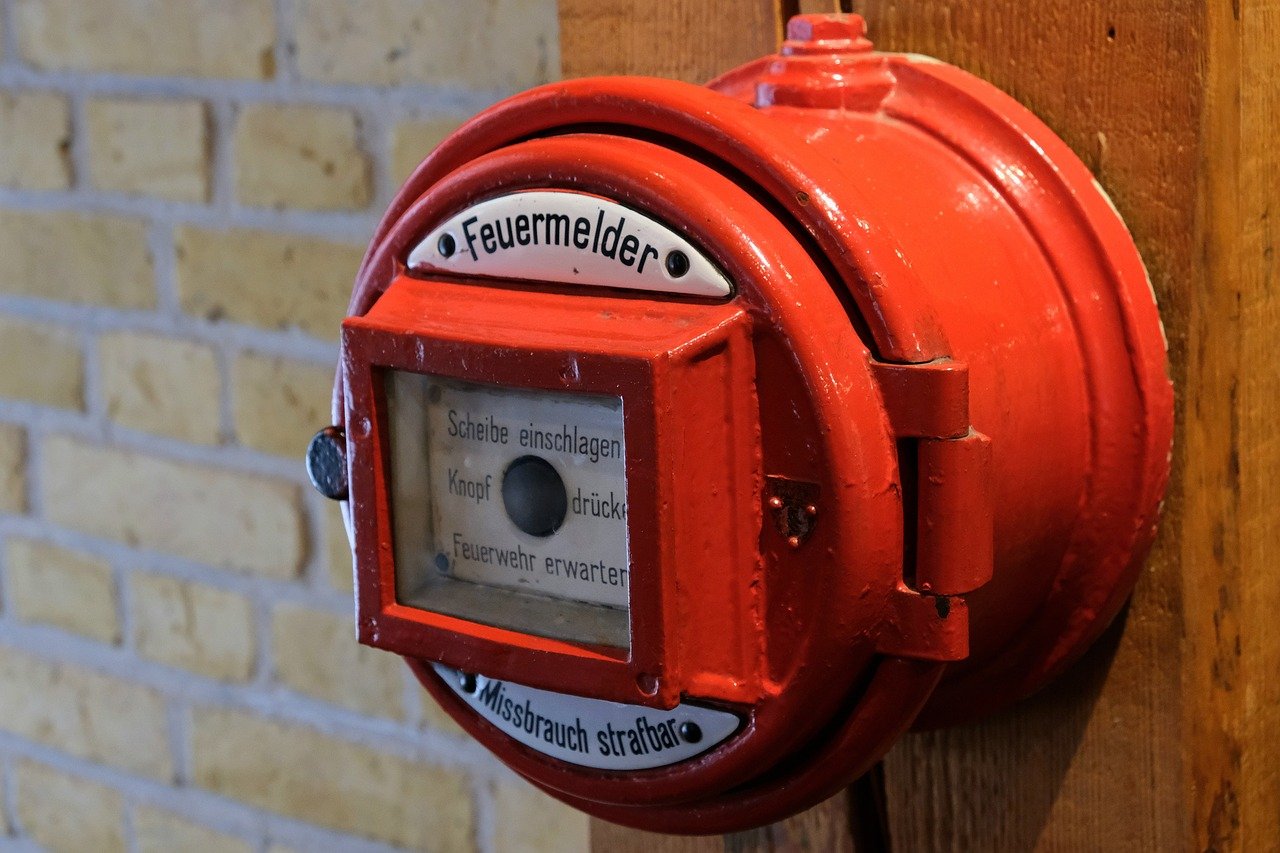
Prioritizing Accessibility
When it comes to emergency preparedness, accessibility is not just a luxury; it’s a necessity. Imagine being in a high-stress situation where every second counts. The last thing you want is to fumble around in your emergency kit, searching for essential items. Therefore, prioritizing accessibility can make a world of difference in how effectively you respond to an emergency. So, how do you ensure that your supplies are easy to reach and organized?
First and foremost, think about layout. The way you arrange your items can significantly impact how quickly you can grab what you need. Place the most critical items—like your first aid kit, water, and food—at the top or in easily accessible compartments. If you have a backpack with multiple pockets, consider designating specific pockets for particular categories of items. For instance, keep all your medical supplies in one pocket and food supplies in another. This makes it easier to locate what you need without digging through everything else.
Another important aspect is to utilize clear containers or zip-lock bags for smaller items. Not only do they keep things organized, but they also allow you to see at a glance what you have. Imagine opening your kit and immediately spotting your flashlight or first aid supplies without having to sift through a jumble of gear. This kind of visibility can be a lifesaver when time is of the essence.
Additionally, consider using labels. If you’re a visual learner, labeling can help you quickly identify where everything is stored. You can use simple tags or even color-coded labels for different categories. For example, you might use red for medical supplies, blue for food, and green for tools. This way, even in a panic, you can quickly glance at your kit and know where to go.
Furthermore, think about the weight distribution of your kit. If you’re carrying it for an extended period, having heavier items at the bottom can make it easier to manage. This not only enhances your ability to carry the kit but also ensures that it remains stable, preventing items from shifting around as you move. This is especially important if you need to evacuate quickly.
Lastly, don’t forget to practice accessing your kit. Just like a fire drill, knowing where everything is and how to get to it quickly can help you stay calm in a crisis. Take some time to go through your emergency kit, simulate an emergency situation, and see how fast you can retrieve essential items. This practice can reveal any potential issues with accessibility that you may not have considered before.
In summary, prioritizing accessibility in your emergency kit is all about thoughtful organization and preparation. By considering layout, using clear containers, labeling items, managing weight distribution, and practicing retrieval, you can ensure that you’re ready to respond effectively when it matters most.
- How often should I check my emergency kit for accessibility? It's a good idea to review your kit every six months to ensure everything is organized and accessible.
- What should I prioritize when packing my emergency kit? Focus on critical items like food, water, first aid supplies, and tools, ensuring they are easily accessible.
- Can I use my everyday backpack as an emergency kit? Yes, as long as you organize it efficiently and keep essential items readily accessible.

Using Multi-Functional Tools
When it comes to emergency preparedness, multi-functional tools are your best friends. Imagine being in a situation where every second counts, and you need to access a tool that can perform multiple tasks. That's where these handy gadgets come into play. They not only save space in your emergency kit but also enhance your efficiency, allowing you to tackle a variety of challenges without the need to rummage through a cluttered bag.
Think of a multi-tool as a Swiss Army knife for survival. These compact devices can include features like pliers, screwdrivers, knives, and can openers all in one. By packing just one of these instead of several individual tools, you're creating a minimalist packing strategy that maximizes your preparedness while minimizing weight. For instance, a good multi-tool can help you with:
- Repairing gear
- Preparing food
- Defending yourself if necessary
- Performing first aid tasks
Moreover, the versatility of multi-functional tools means that they can adapt to various emergency situations. For example, if you find yourself in a natural disaster, a multi-tool can assist you in securing shelter, cutting through debris, or even helping you signal for help. The key is to choose a tool that fits your specific needs and is easy to use under pressure.
When selecting a multi-functional tool, consider the following criteria:
| Feature | Importance |
|---|---|
| Durability | Must withstand tough conditions |
| Weight | Should be lightweight for easy carrying |
| Ease of Use | Should be easy to operate with one hand |
| Versatility | Should have multiple functions to cover various needs |
In addition to traditional multi-tools, consider incorporating other multi-functional gadgets into your kit. For instance, a portable solar charger can keep your devices powered during an outage, while a water bottle with a built-in filter can provide clean drinking water. These tools not only serve multiple purposes but also enhance your overall preparedness.
Ultimately, the goal of using multi-functional tools is to create a streamlined and effective emergency kit. By investing in quality, versatile tools, you’re setting yourself up for success in any situation. Remember, the right tools can make all the difference when it comes to survival, so choose wisely and pack smart!
Q: What is a multi-functional tool?
A multi-functional tool is a compact device that combines several tools into one, allowing you to perform various tasks without carrying multiple items.
Q: How do I choose the right multi-functional tool for emergencies?
Look for features like durability, weight, ease of use, and versatility. Ensure it includes the tools you think you might need in an emergency.
Q: Can multi-functional tools really replace individual tools?
Yes, they can replace several individual tools, saving space and weight in your emergency kit while still providing the necessary functions.
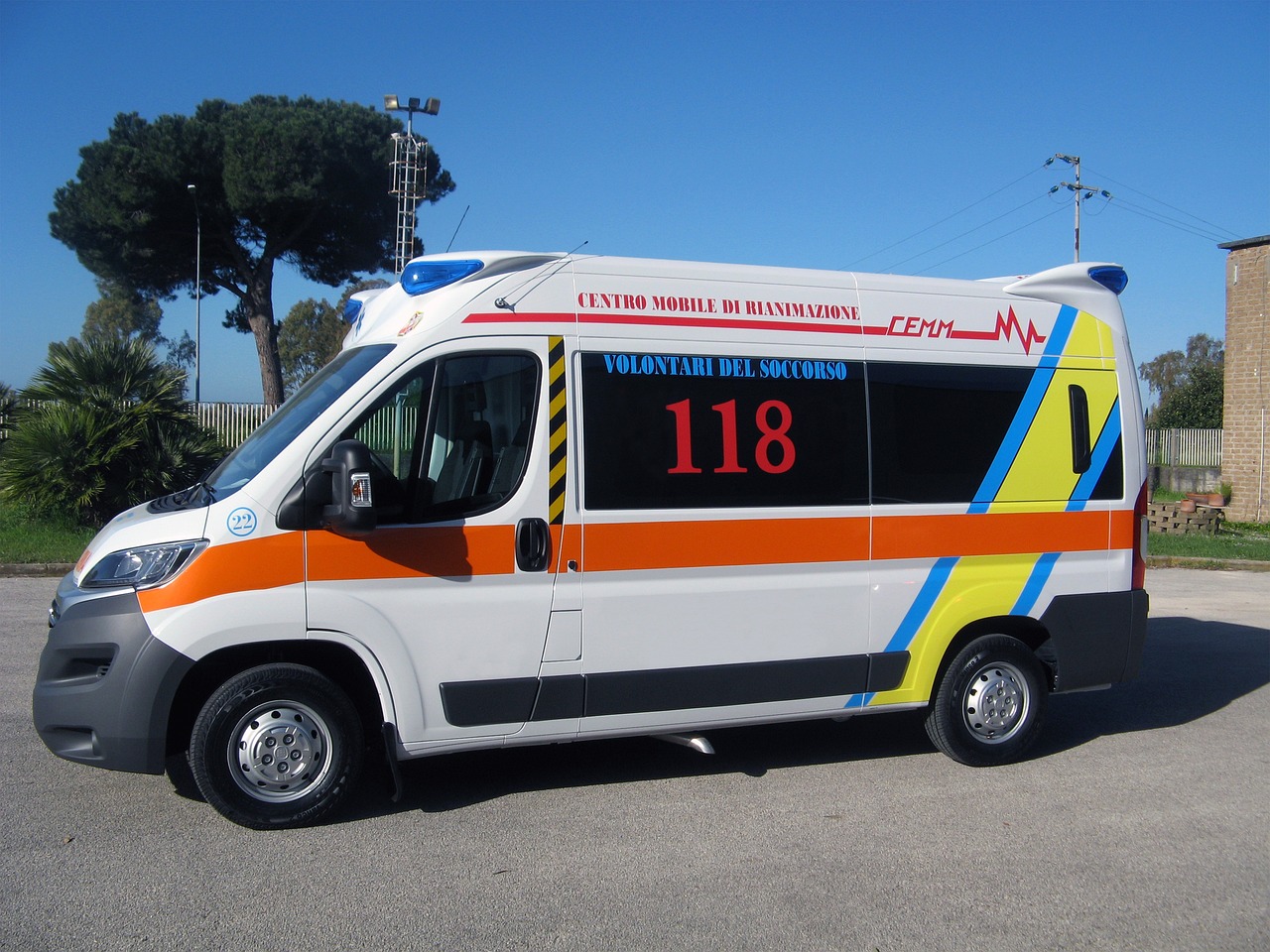
Maintaining Your Emergency Kit
Maintaining your emergency kit is not just a good idea; it's a necessity. Imagine being in a crisis and reaching for a crucial item, only to find it expired or missing. The thought alone can send chills down your spine. To avoid such scenarios, regular maintenance of your emergency kit ensures that you're always prepared, no matter what life throws your way. The first step in this process is conducting regular inventory checks. This means not only looking at what you have but also assessing the condition of each item. Are your batteries still functional? Is your first aid kit stocked? These checks should be done at least twice a year, or more frequently if your kit is used often.
When you conduct these inventory checks, it’s wise to create a checklist of all the items in your kit. This way, you can easily track what needs to be replaced or replenished. Here's a simple example of what your checklist might look like:
| Item | Condition | Expiration Date |
|---|---|---|
| First Aid Kit | Good | 2024-05-01 |
| Water Purification Tablets | Good | 2025-09-15 |
| Non-Perishable Food | Expired | 2023-11-20 |
Next up is the crucial task of updating expiration dates. Food items, medications, and even some emergency supplies have a shelf life. Keeping track of these expiration dates is vital for your safety and peace of mind. You can use a simple calendar or even a reminder app on your phone to alert you when it's time to check or replace items. This proactive approach not only ensures that your kit is stocked with functional supplies but also gives you confidence in your preparedness.
Another important aspect of maintaining your emergency kit is to consider the changing needs of your household. As your family grows or changes, so too should your kit. For instance, if you welcome a new baby, you’ll need to add items like diapers and baby food. Similarly, if someone in your family has developed a new medical condition, ensure that your emergency kit reflects those needs. Regularly assessing and adapting your kit makes it a dynamic tool, ready to support you in any situation.
Lastly, don’t forget to review and practice using your emergency kit. Familiarity breeds confidence. Spend some time going through the items and even practicing how to use them. This could involve setting up a mock emergency scenario where you utilize your kit. Not only does this keep the contents fresh in your mind, but it also helps you identify any gaps in your supplies or knowledge. Remember, the goal is to be prepared, and that preparation starts with a well-maintained emergency kit.
- How often should I check my emergency kit? It's recommended to check your emergency kit at least twice a year, or more frequently if you use it often.
- What should I do if I find expired items? Replace any expired items immediately to ensure your kit is ready for use in an emergency.
- Can I store my emergency kit in my car? Yes, but be mindful of temperature changes that could affect certain supplies, like food and medications.
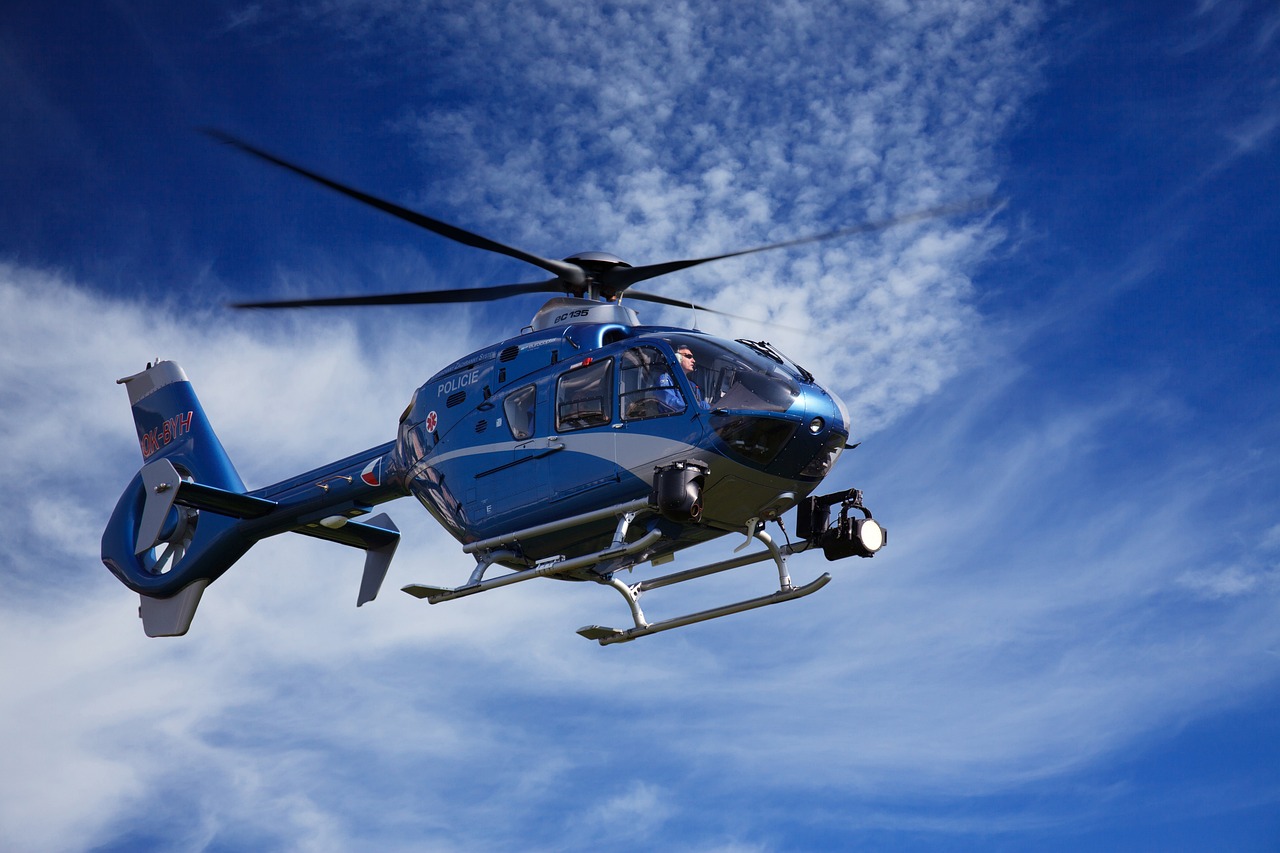
Regular Inventory Checks
Conducting on your emergency kit is a crucial step in ensuring that you are always prepared for any situation that may arise. Just like a well-oiled machine, your emergency supplies need to be maintained and updated regularly to function effectively when the time comes. Imagine being in a stressful situation, and when you reach for a critical item, it’s either expired or missing entirely. That’s a recipe for disaster! So, how often should you check your kit? A good rule of thumb is to conduct an inventory check every six months. This way, you can keep track of what you have, what you need, and what might need replacing.
During these inventory checks, it’s essential to look for a few key factors:
- Condition of Items: Inspect each item for wear and tear. Is your first-aid kit still stocked and intact? Are your flashlights working and the batteries fresh?
- Expiration Dates: Keep an eye on expiration dates for food, medications, and other perishables. It’s easy to forget about these dates, but they can make a significant difference in your safety.
- Replenishing Supplies: If you've used any items, make a note to replace them immediately. This ensures that your kit is always ready to go.
Additionally, consider creating a simple inventory checklist that you can refer to during each check. This list should include all items in your kit along with their expiration dates. You can even use a digital app to keep track of everything, making it easier to update and manage your supplies. Here’s a basic template you can start with:
| Item | Quantity | Expiration Date | Condition |
|---|---|---|---|
| First Aid Kit | 1 | 12/2023 | Good |
| Non-Perishable Food | 10 Meals | 06/2024 | Good |
| Water Purification Tablets | 20 | 01/2025 | Good |
By maintaining a well-organized inventory, you not only ensure the functionality of your emergency kit but also give yourself peace of mind. Knowing that you are prepared can alleviate some of the anxiety that comes with emergencies. So, take the time to check your supplies regularly, and don't let your preparedness slip through the cracks!
Q: How often should I conduct inventory checks on my emergency kit?
A: It’s recommended to check your emergency kit every six months to ensure all items are in good condition and up to date.
Q: What should I do if I find expired items in my kit?
A: Replace any expired items immediately to maintain the effectiveness of your emergency kit.
Q: Can I use a digital app to track my emergency supplies?
A: Yes! Using a digital app can make it easier to manage and update your inventory efficiently.
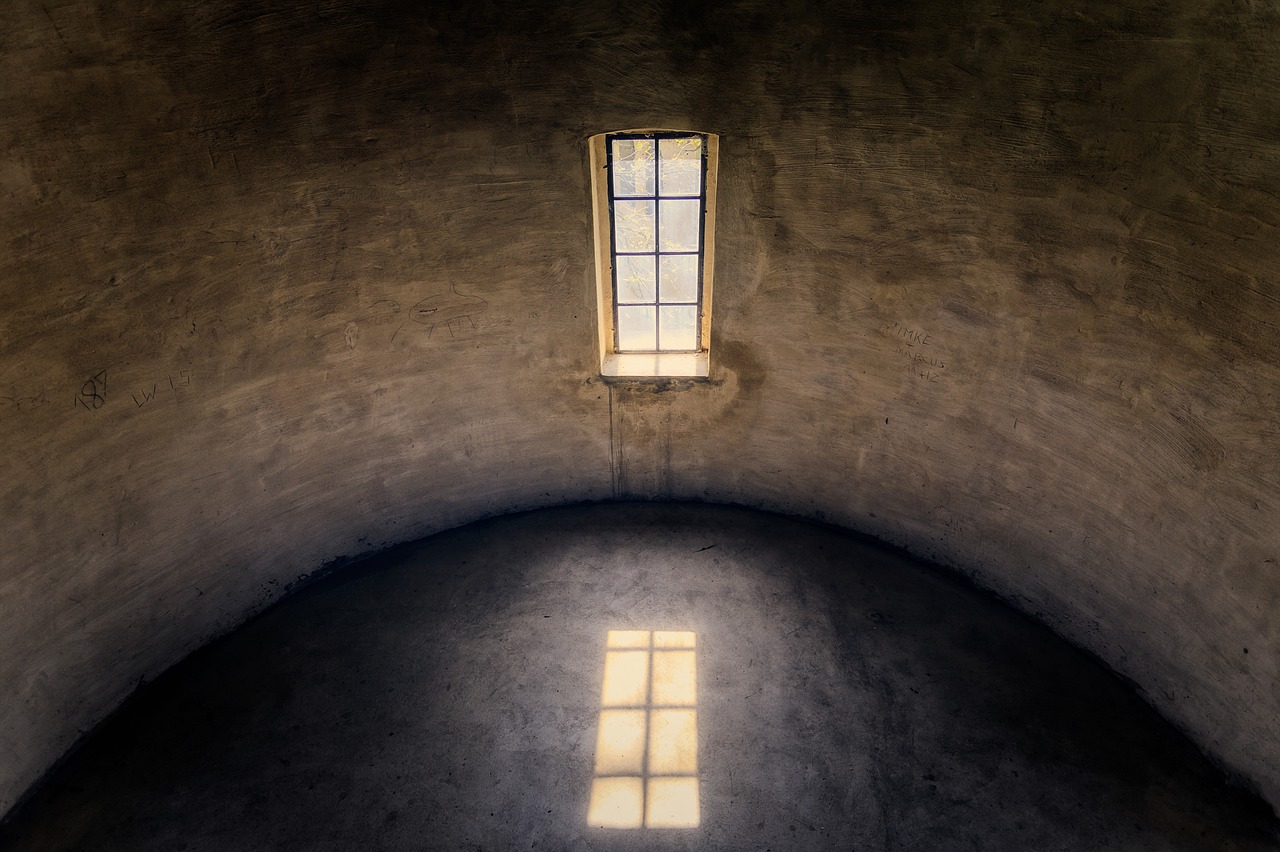
Updating Expiration Dates
Keeping track of expiration dates in your emergency kit is not just a good practice; it's a critical necessity. Imagine finding yourself in a crisis, ready to grab your emergency supplies, only to discover that the food or medication has expired. This can lead to dire consequences, especially when you need those items the most. Therefore, establishing a consistent routine for checking and updating expiration dates is essential for maintaining the effectiveness of your kit.
Start by creating a simple inventory checklist that includes all the items in your emergency kit along with their respective expiration dates. You can use a spreadsheet or even a handwritten list. Make it a habit to review this checklist every six months. During these checks, look for items that are approaching their expiration dates and replace them as necessary. This not only ensures that you have fresh supplies but also gives you peace of mind knowing that you are prepared for any situation.
When you replace expired items, remember to document the new expiration dates on your checklist. This will help you keep track of what needs to be monitored in the future. It's also a good idea to place the newer items behind the older ones in your kit to ensure that you use the older supplies first. This simple method can significantly reduce waste and keep your emergency kit well-stocked.
Additionally, consider categorizing items in your kit based on their expiration timelines. For example, you could have a section for items that expire within the next six months, another for those that last up to a year, and a final section for long-term supplies. This way, you can quickly identify which items need your attention during your inventory checks.
Incorporating these practices into your emergency preparedness routine not only enhances your readiness but also fosters a sense of responsibility and control over your safety. After all, in times of uncertainty, being prepared can make all the difference.
- How often should I check my emergency kit?
It's recommended to conduct inventory checks every six months to ensure all items are up to date and in good condition. - What should I do with expired items?
Expired items should be replaced immediately. Dispose of them properly, especially if they are medications or food items. - Can I rely on the expiration dates printed on the items?
Yes, but it's also wise to use your judgment. If an item looks or smells off, it's better to err on the side of caution and replace it.
Frequently Asked Questions
- What is minimalist packing?
Minimalist packing is all about simplifying your luggage to include only the essentials. It focuses on what truly matters, especially in emergency situations where efficiency and practicality are key. Imagine packing light, yet being fully prepared for anything that comes your way!
- What should I include in my emergency kit?
Your emergency kit should contain a variety of essential items. Key components include non-perishable food, adequate water supplies, first aid supplies, and safety gear. Think of it as your survival toolbox, ready to tackle any unexpected situation!
- How do I choose the right non-perishable foods?
When selecting non-perishable foods, opt for lightweight, compact, and nutritious options. Items like energy bars, canned goods, and dried fruits are great choices. It's like creating a mini grocery store that fits in your backpack!
- What are some effective water storage solutions?
Effective water storage solutions include using portable containers and purification systems. Look for collapsible water bottles or durable jugs that can be easily packed. Remember, water is life, so storing it properly is crucial!
- How can I organize my emergency kit for quick access?
To ensure quick access, prioritize the placement of items based on their importance and frequency of use. Keep frequently needed items at the top or in easily accessible pockets. Think of it as organizing a toolbox where you want to grab the right tool without digging through a pile!
- What multi-functional tools should I consider?
Multi-functional tools like Swiss Army knives or multi-tools can save space and serve various purposes. They’re like the Swiss Army of your emergency kit—versatile and ready for anything!
- How often should I check my emergency kit?
Regular inventory checks should be conducted at least every six months. This ensures all items are in good condition and ready for use. Think of it as a routine health check for your preparedness!
- How do I manage expiration dates in my kit?
Keep track of expiration dates by labeling items and reviewing them during your inventory checks. This way, you ensure that your supplies are always effective, much like keeping your pantry stocked with fresh ingredients!



















